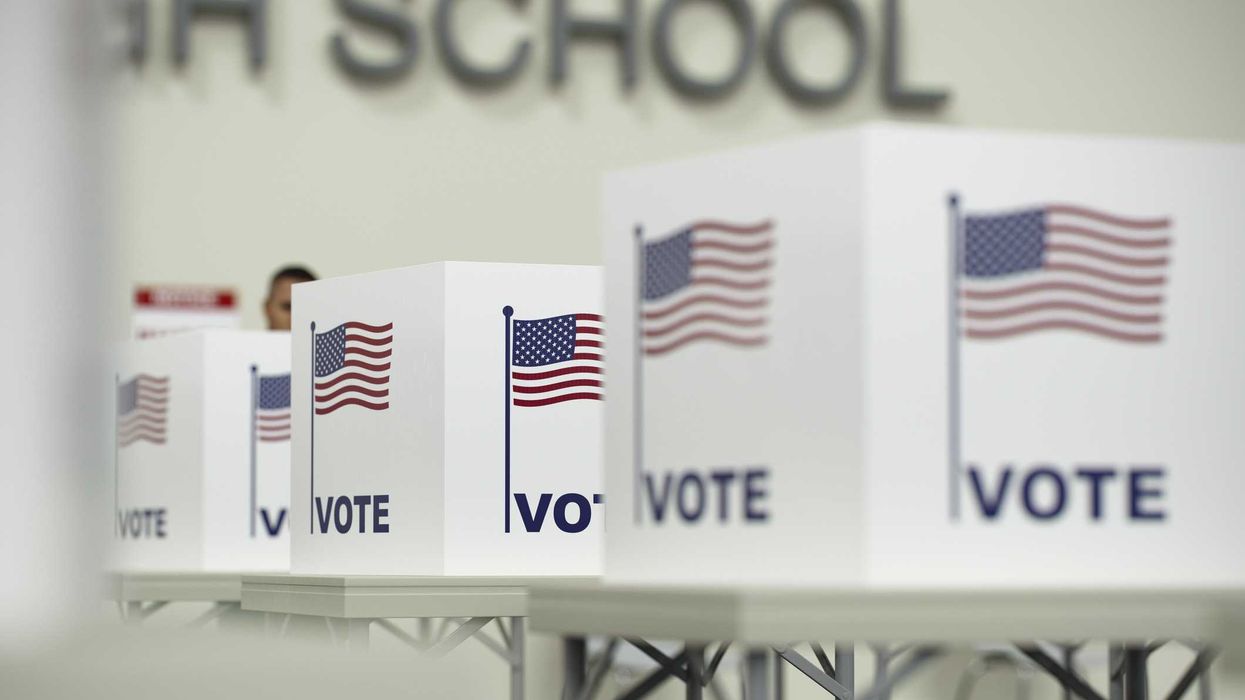On October 10, Vice President JD Vance visited Indianapolis to meet with Republican lawmakers, urging them to consider redrawing Indiana’s congressional map ahead of the 2026 midterm elections. The visit marked Vance’s third trip to the state in recent months, underscoring the Trump administration’s aggressive push to expand Republican control in Congress.
Vance’s meetings are part of a broader national strategy led by President Donald Trump to encourage GOP-led states to revise district boundaries mid-decade. States like Missouri and Texas have already passed new maps, while Indiana remains hesitant. Governor Mike Braun has met with Vance and other Republican leaders. Still, he has yet to commit to calling a special legislative session. Braun emphasized that any decision must ensure “fair representation for every Hoosier."
Despite mounting pressure, Indiana Republicans have been more cautious than their counterparts in other states. Senate President Pro Tempore Rodric Bray described the recent discussions as “productive” but confirmed that no final decision has been made. Democratic lawmakers and civic groups have vocally opposed the effort, calling it a politically motivated attempt to undermine voter representation.
Indiana currently has nine congressional districts, seven held by Republicans and two by Democrats. The existing map, drawn in 2021, following the census, already favors the GOP. A proposed revision circulating among Republican lawmakers would split urban centers like Indianapolis and Fort Wayne, diluting Democratic voting power. It would also reconfigure Districts 1 and 7—currently Democratic strongholds—to include more rural, Republican-leaning areas. Critics argue this amounts to gerrymandering designed to reduce minority and urban representation.
Public sentiment appears strongly opposed to the redistricting push. A new poll commissioned by Unite America found mid-decade redistricting widely unpopular among voters—including GOP primary voters.
The survey found that 44% of Hoosiers oppose redrawing Indiana’s congressional map outside the regular process, while just 31% support it. After hearing balanced arguments from both sides of the debate, opposition jumps to 69%—with only 21% in support. The caucus meeting comes just days after Vice President JD Vance visited Indiana to rally support for the proposal, underscoring the Trump administration's deep involvement in the state's redistricting push.
“Voters across Indiana—including a majority of Republicans—are sick of partisan games that put party over country,” said Unite America Executive Director Nick Troiano. “If lawmakers want to build trust, they’d be wise to focus on issues that directly affect Hoosiers’ everyday lives, instead of wasting taxpayer dollars to further gerrymander Indiana's Congressional districts, which are already among the least competitive in the country.”
The poll, conducted by 3D Strategic Research, reinforces concerns voiced by some Indiana Republicans that redrawing the map is unnecessary—and even potentially harmful to their electoral prospects. All Hoosiers, including an oversample of GOP primary voters, prefer the governor and legislature focus on issues that directly impact their quality of life—such as the cost of living and public safety—rather than redrawing the maps.
- Only 10% of voters agree that the governor and legislature should call a special session for redistricting.
- 28% of GOP primary voters said they would be less likely to support a candidate who supports mid-decade redistricting, compared to only 17% who are more likely.
- When given a list of 14 issues, redrawing Congressional maps ranks dead last among Republican primary voters.
The poll also found that most Indiana voters oppose a proposal to close the state’s primaries to registered party members only—also under consideration by Republican lawmakers. If enacted, roughly two million independents million independents would lose the right to vote in the elections that matter most, since all nine congressional districts are effectively decided in the primaries. After hearing arguments from both sides, opposition grew from 52% to 77%—including 66% of Republican primary voters.
“Every voter should have the freedom to cast a ballot in every taxpayer-funded election. I’m not surprised Indiana voters don’t want to give up that right,” finished Troiano.
The survey was conducted Oct. 7-9, 2025, among 500 registered voters and 450 Republican primary voters in Indiana. The full poll can be viewed here. Crosstabs are available upon request.
As redistricting efforts intensify across the country, it’s critical for voters to understand how gerrymandering undermines the core democratic principle of fair representation. By manipulating district boundaries to favor one political party, gerrymandering allows politicians to choose their voters, rather than voters choosing their representatives.
This practice often dilutes the voting power of communities along racial, ethnic, or partisan lines, resulting in “safe seats” where incumbents face little competition. That lack of accountability discourages voter participation and fosters political stagnation. Worse still, it erodes public trust in the democratic process and undermines the legitimacy of elected governments.
Gerrymandering not only infringes on individual voting rights but also corrodes the foundational ideals of equal representation and responsive governance. If democracy is to thrive, voters must demand transparency, fairness, and integrity in how electoral maps are drawn.




















